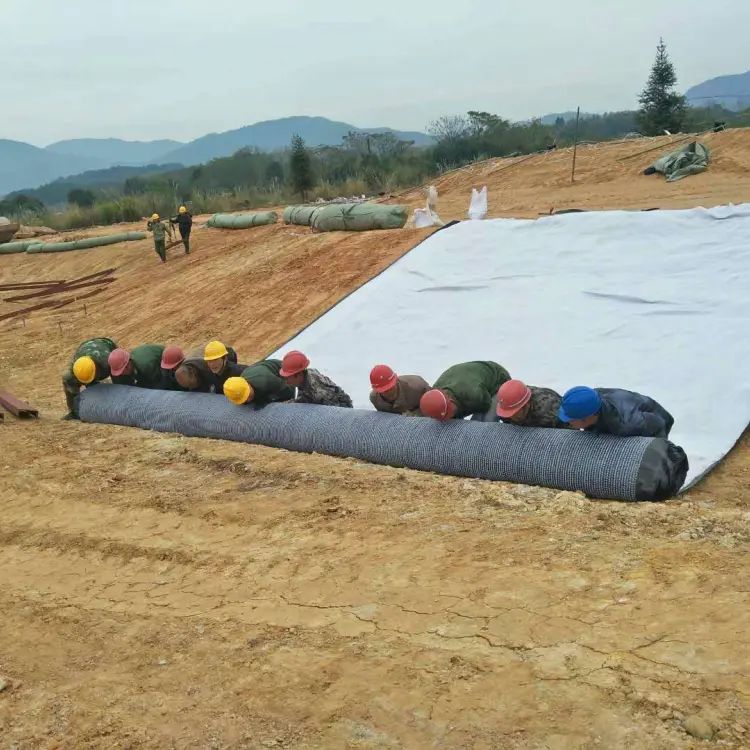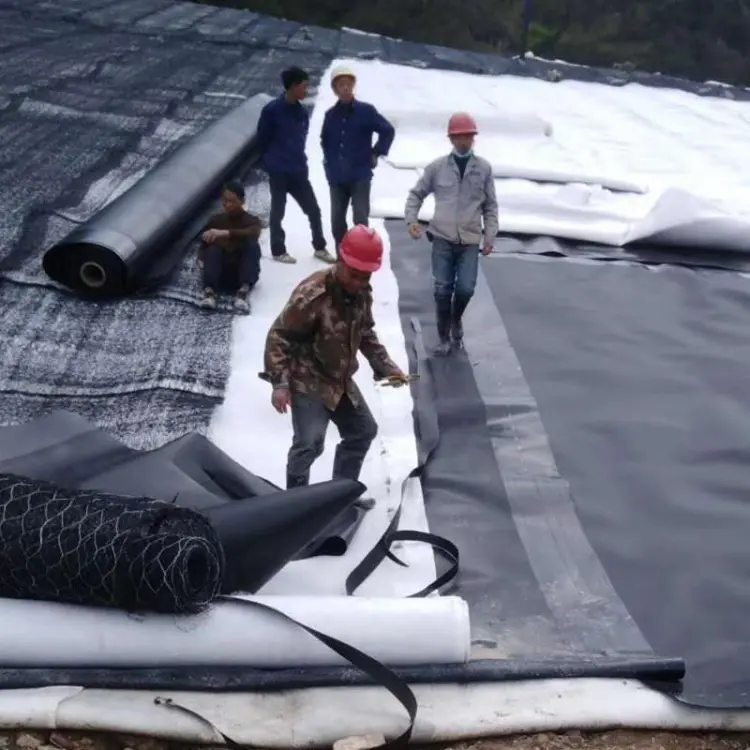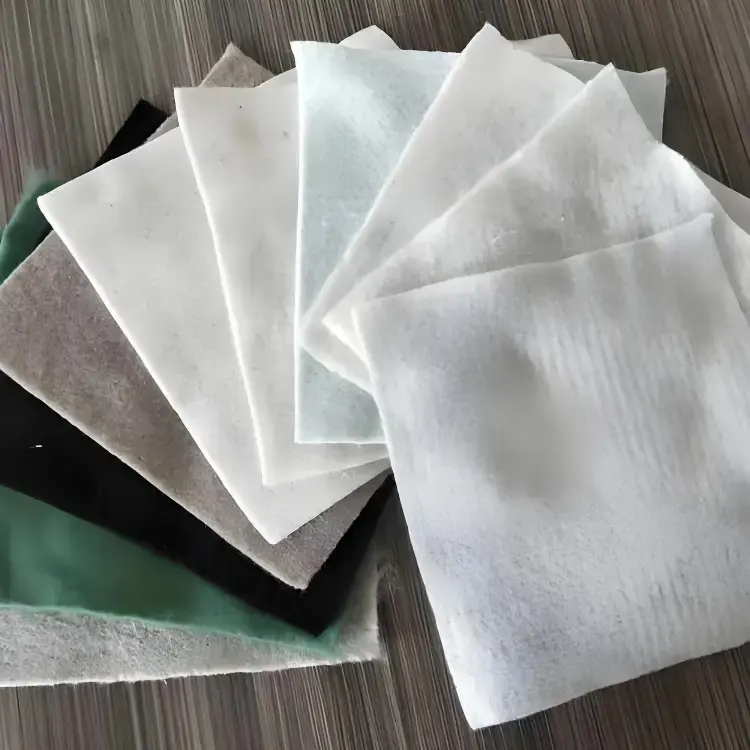I. Failure Case Analysis
1. Landslide Due to Insufficient Interface Shear Strength
In a landfill project, instability occurred along the lining system interface due to inadequate shear strength between the geosynthetic clay liner (GCL) and geomembrane. Such landslides typically occur on slope areas of landfills, where waste settlement and gravity transfer loads to the lining system, generating shear forces within the system.
2. Bentonite Extrusion Causing Reduced Interface Strength
Research shows bentonite extrusion at the geomembrane/GCL interface significantly decreases interface strength – reducing peak friction angle by 3.5° and residual friction angle by 7.5°. This weakening makes the lining system more prone to failure under external shear forces.
3. Construction Quality Issues
Poor construction quality remains a major cause of GCL failures. The environmental contamination incident at Zijin Mining’s copper mine wastewater pool in Fujian’s Shanghang County exemplifies this, where geomembrane rupture resulted from inadequate protective measures during construction.
II. Remediation Solutions
1. Interface Strength Enhancement
For shear strength deficiencies, designers should:
- Use higher-strength materials
- Determine appropriate interface parameters through testing
- Apply residual strength parameters for slopes and peak strength parameters for flat areas
- Install geogrid reinforcement layers atop protective geotextiles

2. Bentonite Extrusion Control
To prevent bentonite extrusion:
- Strictly control GCL installation quality
- Ensure tight geomembrane-GCL bonding
- Add buffer layers between GCL and geomembrane
3. Construction Quality Management
Key measures include:
- Enhanced geomembrane protection during construction
- Monitoring displacement and settlement during landfill expansion
- Wide-width tensile testing of geosynthetics
4. Leakage Treatment
For existing leaks:
- Vertical cutoff walls (e.g., HDPE-bentonite composite walls) effectively contain pollutant migration
III. Conclusion
GCL failures primarily stem from interface shear deficiencies, bentonite extrusion, and construction flaws. Implementing strength enhancements, extrusion controls, quality protocols, and leakage containment can effectively prevent and remediate such issues. Site-specific solutions should be selected to ensure optimal landfill containment performance and environmental safety.

